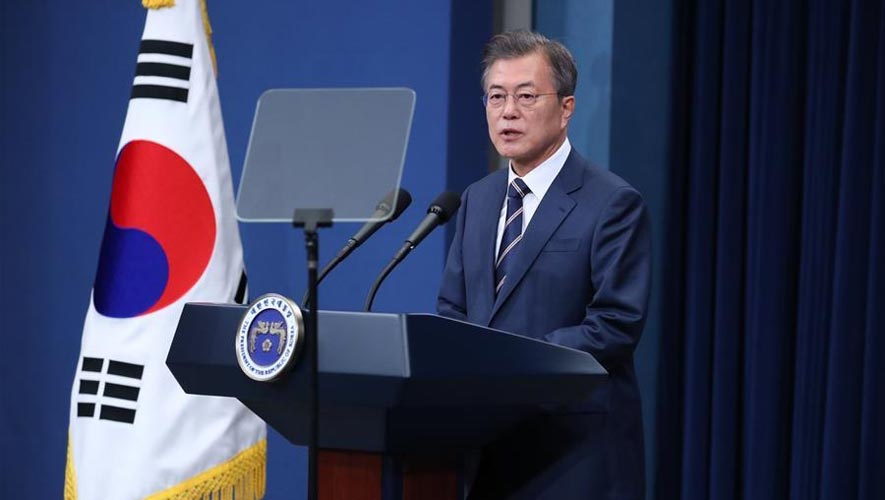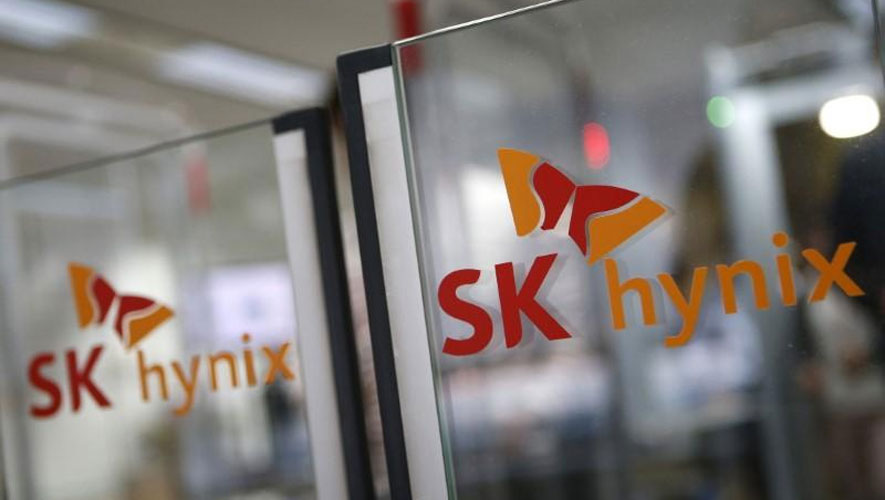Asean can pave the way to be an economic powerhouse if it leverages on with Seoul, considering a radical shift in the domestic and foreign policy of South Korea, since President Moon Jae-in came to power.
For the latest Cambodian Business news, visit Khmer Times Business
Moon promised to jump-start the Korean economy and is in need of partners to keep these promises. However, Asean could find a win-win solution by offering South Korea its vast economic opportunities while Asean countries could tap into the country’s technological and innovative prowess.
Two-way trade between South Korea and Asean was about $160 billion in 2018. In the first 10 months of last year, trade volume between South Korea and Asean stood at $132.1 billion.
With a combined gross domestic product (GDP) of approximately $2.51 trillion and a population of 628 million, Asean is already an economic giant, the seventh largest economy in the world. Moreover, 67 million households in Asean are already part of the “consuming class”, which has significant disposable income.
This figure could almost double to 125 million households by 2025. Therefore, the time is ripe for South Korean conglomerates to expand their presence and increase their exports to Southeast Asia, and capture the growing spending power in this region.
With the changing landscape and intensifying competition, and a shift in the industrial and manufacturing landscape, South Korean businesses are jumping into new markets in the Asean region in line with the government’s push to strengthen ties.
Greater affluence and an increasing number of the middle class as well as greater political stability in the region offer up new markets in the Asean region.
Korea’s leading tech companies are already providing advanced IT services and products, and they also contribute towards the host countries in the Asean region through direct foreign investments.
Products such as Samsung and Hyundai made a niche in the region. Since 2009, Samsung Electronics Co Ltd has operated the biggest mobile phone factory in Hanoi, Vietnam which produces most of the smartphones that exported worldwide.
According to reports between July and September last year, South Korea’s GDP grew 6.88 percent for the third quarter with Samsung.
Another international Korean brand LG Electronics Inc is also making inroads in the region with its ICT solutions for smarter cities while its battery-making unit is looking at Vietnam as a stepping stone towards expansion into the global electric-vehicle battery market.
The battery maker has forged a partnership with VinFast Trading and Production LLC, Vietnam’s only automaker, to build an electric vehicle battery plant and supply batteries to nearby countries including Thailand, Singapore, Indonesian, and the Philippines.
Korea’s auto industry is also shifting its focus to Southeast Asia with Hyundai Motor Co pioneering a transition. The company signed an MOU with Indonesia’s AG Group Inc in December 2017 to establish a joint venture regarding commercial vehicle sales in Indonesia. Hyundai is also eyeing Southeast Asia’s growing ride-hailing market and has made strategic investments in Grab.
Joining the fray for deal-making in Southeast Asia, LS Cable & System Ltd secured a 40 billion won ($34.47 million) project with the Malaysia to supply extra high voltage submarine cables to connect the northwestern state of Perlis to nearby Langkawi. South Korea is also turning its focus to Thailand’s Eastern Economic Corridor (EEC) as its next investment target. The government-backed development plan is slated to be an investment, trade and regional transportation besides also serving as a strategic gateway to the region. To date, more than 200 South Korean companies have invested in Thailand and many of them plan to expand further into the EEC.
Asean must forge greater economic relations with middle powers such as South Korea working together can help forge partnerships and contribute towards regional co-prosperity. In light of the rivalry between China and the US, South Korea can be a stabilising force.
South Korea and Asean have complementary economies. Many South Korean companies have both large conglomerates and small and medium enterprises entering Asean member states. This mutually benefits the economic relation between South Korea and Asean. An example is the shipping industry in the Philippines, where partnerships with South Korea has helped the shipping industry become number four in the world.
Asean can also leverage on South Korea for the development of Asean’s digital economy as it can share knowledge and technology development. Asean can learn how South Korea overcame the middle income trap and how it moved up the economic trajectory through carefully crafted policies to become a developed country.
With a partnership with South Korean companies, Asean and South Korea can achieve a win-win outcome, including economic development, technological co-operation, job creation, and human resource development.
Sathish Govind is an ex-analyst in a think tank in Malaysia
Contributing Writer, Capital Cambodia




